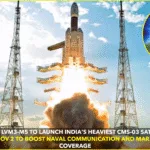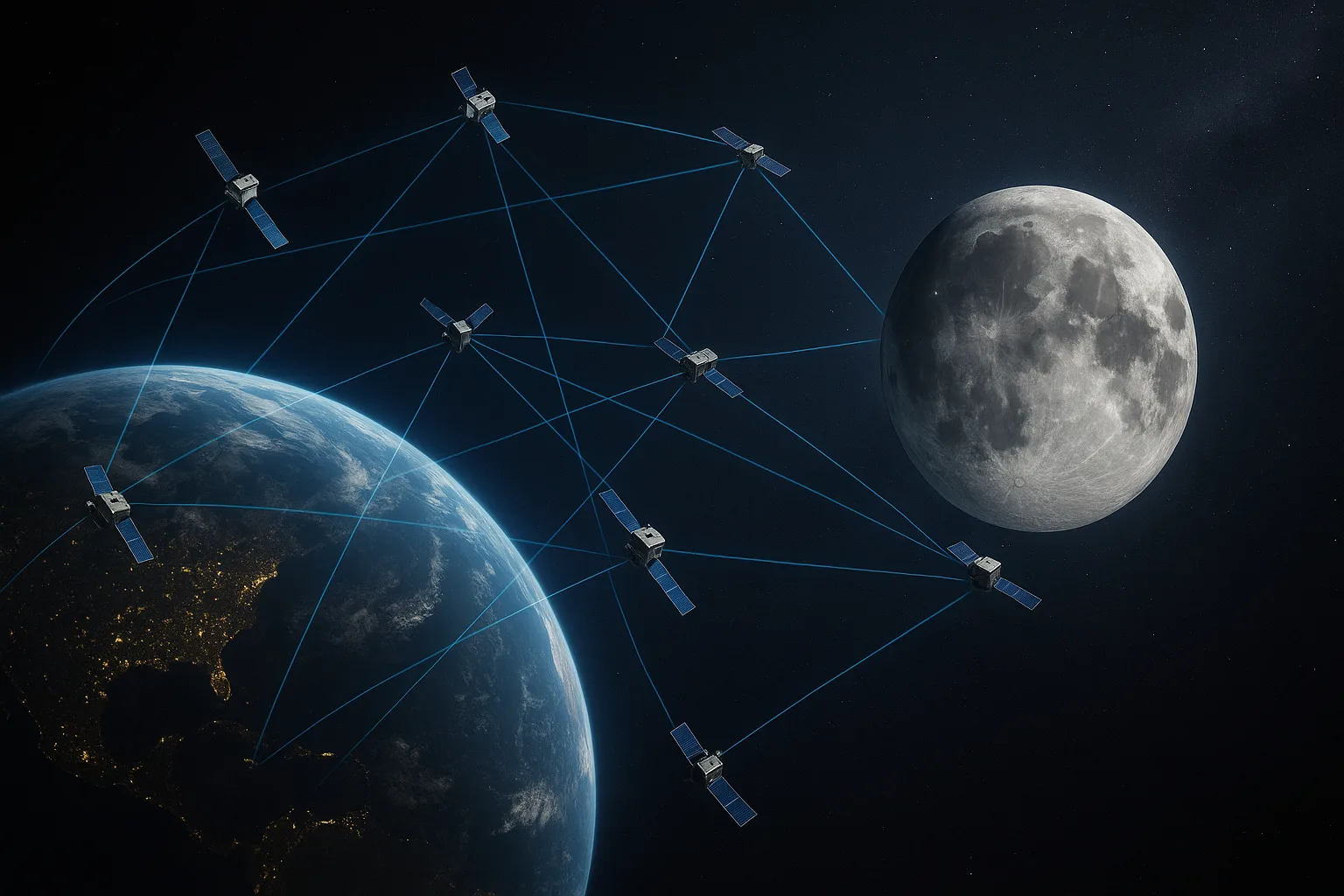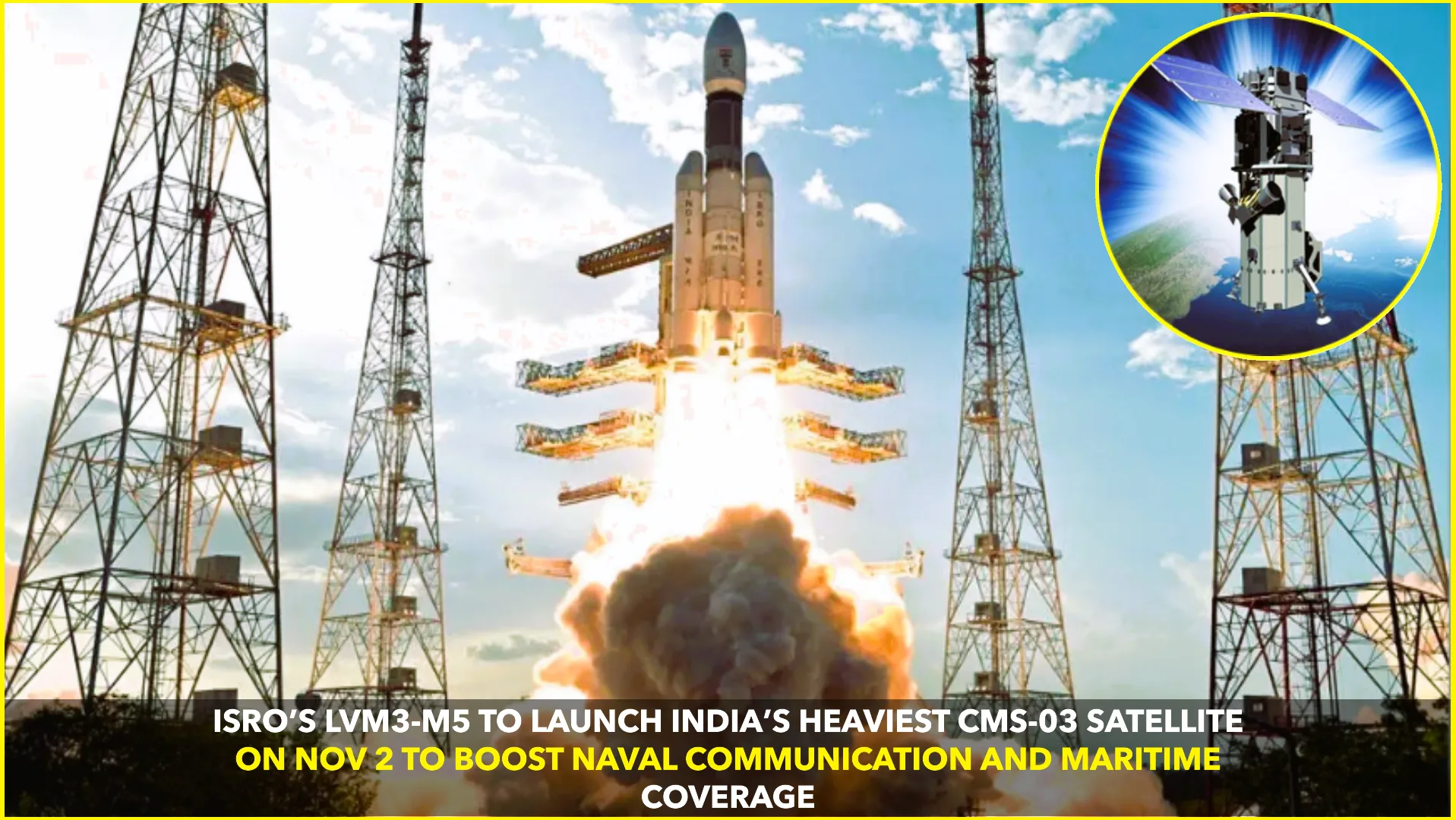China is pushing ahead with an ambitious plan to build a network of 30 satellites linking Earth to the Moon. Developed by researchers from the China Academy of Space Technology (CAST) and the Beijing Institute of Spacecraft System Engineering, this system will offer real-time communication, high-precision navigation, and monitoring services on a global scale South China Morning Postdailygalaxy.com.
The network is designed to support up to 20 simultaneous lunar users—sending and receiving images, audio, and video—along with accurate positioning, navigation, and timing (PNT) to support missions between Earth and the lunar surface.
It also includes the capacity to detect and track moving targets as small as one metre across the cislunar region, helping China secure strategic advantages in orbital resource usage and space competition South China Morning PostInteresting Engineering.
Development in Three Phases
Chinese researchers outline a three-phase roadmap to achieve full deployment dailygalaxy.comInteresting Engineering:
- Pilot Phase: Begin with a handful of satellites in key orbits and at least one lunar ground station to support early lunar missions, especially robots and crew in polar regions.
- Mid Phase: Expand to roughly 10 satellites covering Earth-Moon Lagrange points and improve data bandwidth (target: ~5 GB/s). Add a second lunar station to enhance navigation accuracy (~100 m).
- Full Deployment: Complete the full constellation of 30 satellites, with three lunar stations. Aim for high-speed data transmission (~10 GB/s), navigation precision (~10 m on Moon surface, ~50 m in transit), and advanced long-baseline tracking for deep-space monitoring up to 900 million km.
Strategic Significance
The Earth’s vicinity extending out to the Moon—known as cislunar space—is becoming increasingly important for human activity and global competition. China sees this network as essential infrastructure to shape a future lunar economy and secure orbital resources while reducing reliance on Earth-based tracking systems.
Already, China has demonstrated early capability with a three-satellite constellation in distant retrograde orbit (DRO)—called DRO-L and DRO-A/B—capable of space-based inter-satellite communication over distances exceeding 1.17 million km South China Morning PostXinhua News. This pioneering effort formed the groundwork for scaling toward the larger constellation.
Why It Matters
- Global access to lunar services: Reliable communication and navigation for future lunar explorers, including international partners.
- Deep-space resource tracking: Ability to monitor micro-targets and orbital traffic in cislunar space.
- Strategic edge: Contributes to China’s ambition to lead in lunar exploration infrastructure, part of broader efforts to build a moon base and human presence beyond 2030.
China aims to put astronauts on the Moon by around 2030 and develop a lunar research station in the 2030s—this satellite network is a cornerstone of that vision South China Morning PostAP News.










